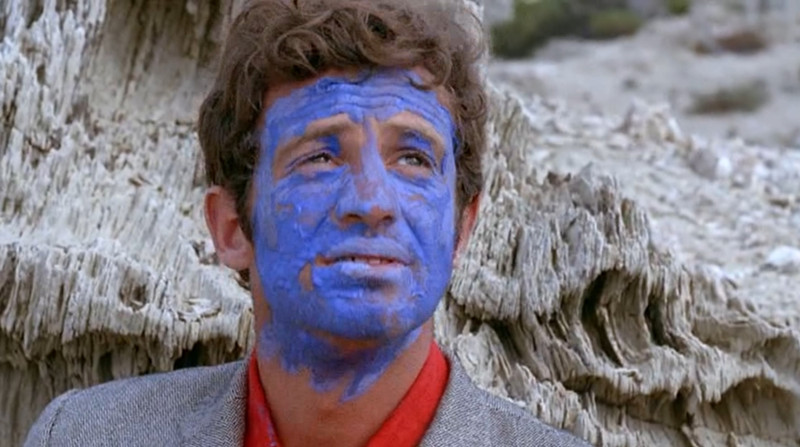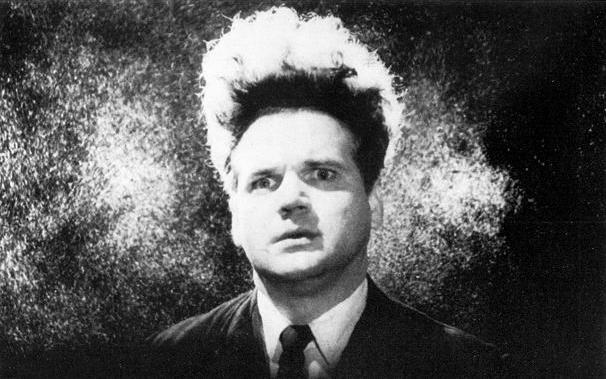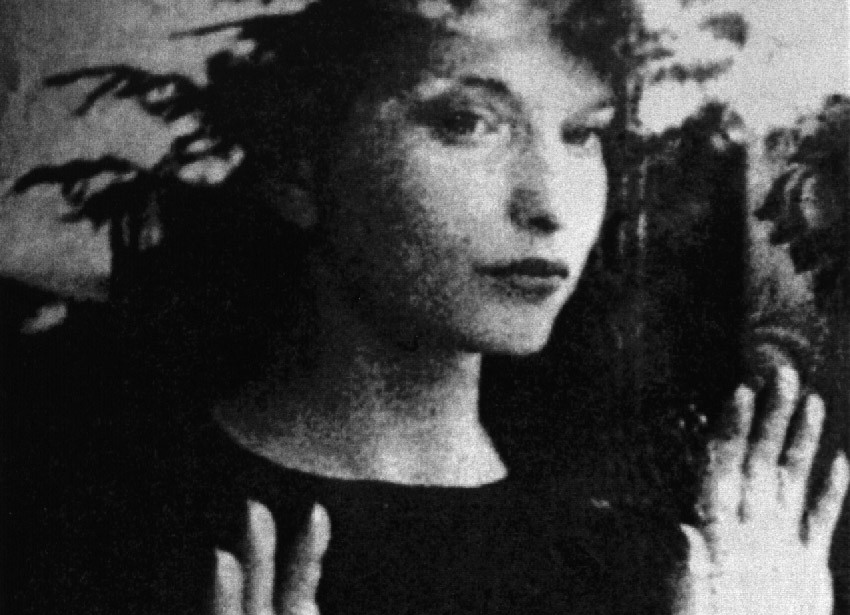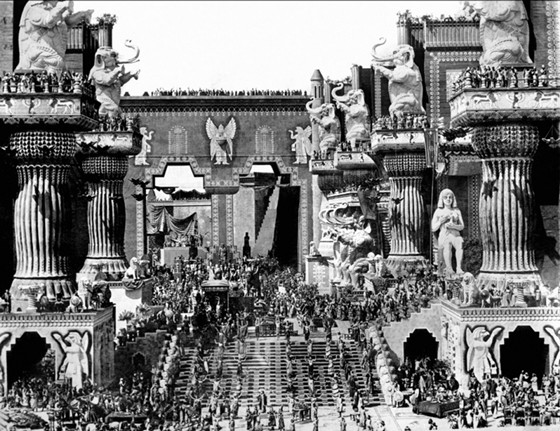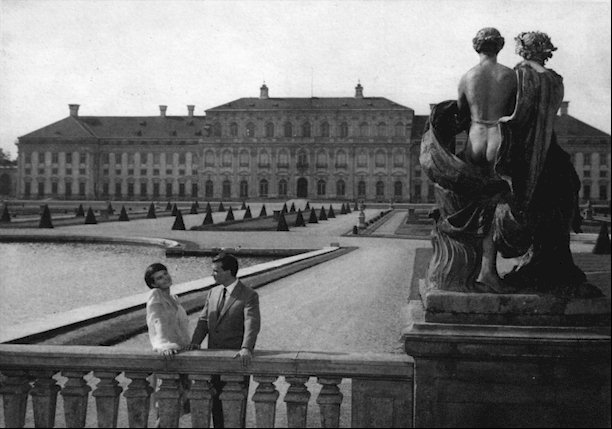7. Pierrot le Fou (Jean Luc Godard, 1962)
By exploiting mass culture, trivialities and primary colors, Pierrot le Fou became Jean Luc Godard’s contribution to Pop Art. Its relevance, though, can be traced independently of the canons of Pop Art.
Pierrot le Fou constitutes the maturation of Goddard’s signature elements that made him a leading figure of experimental postmodern cinema: fourth wall breaks, jump cuts and sudden silences. In that way, it is mostly Godard’s follower’s favorite piece as well as the title for those willing to be introduced to Godard’s work.
Pierrot le Fou follows the hysterical running life of Pierrot and Marianne; respectively, a man escaping from social boredom, and a girl running from Algerian hit-men.
6. Zorn’s Lemma (Hollis Frampton, 1970)
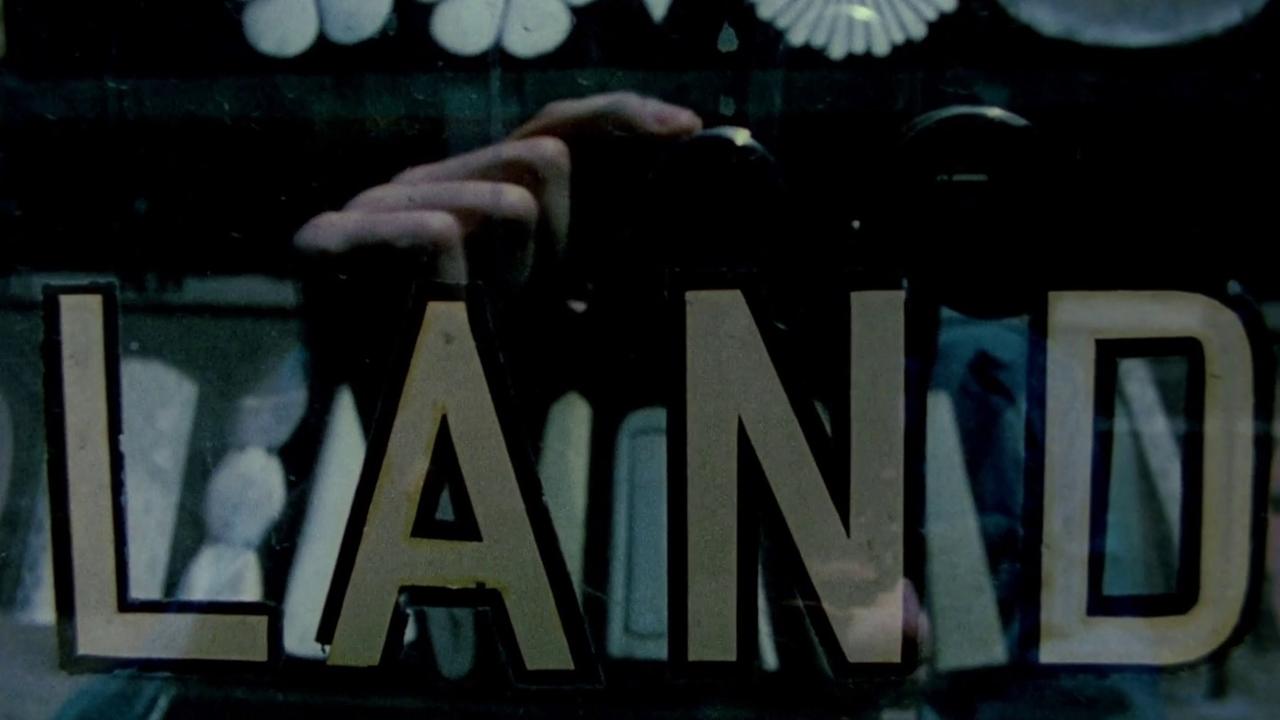
Zorn’s Lemma is one of Hollis Frampton most accomplished features. Ambiguous, metaphorical but, most of all, a masterpiece of structuralist cinema, it is entitled after a set theory proposition, equivalent to the axiom of choice, which states that given a set of sets, there must be a further set containing an item from each individual set.
Zorn’s Lemma stands aside from a great amount of Avant-garde titles. Instead of subscribing the spontaneous power of imagination and the playfulness of irrational urges, Hollis Frampton offered rational vision of the world; a world whose harmony, a major composition of order and variety, can be enough to arise fascination.
Zorn’s Lemma develops under a highly dynamic alphabet, whose letters are perpetually traveled trough further sets after the environs of New York.
5. Eraserhead (David Lynch, 1977)
Eraserhead is David Lynch’s stunning feature-length debut. A refreshment of the surrealists’ body of doctrines and a review of Kafka and Gogol’s worlds, the film is Lynch’s first major exercise of mixing reality with fantasy in a delirious, frenzied bet.
There are many ways of approaching Eraserhead. For instance, it has been stated, following its Kafkaesque influence, that it is a statement about parenthood abuse. It has been stated too, that it is a work about the anxiety caused by the imminent arrival to adulthood. Though there is something in Eraserhead that seems to elude any approach attempt, the film is a widely intimate work.
Eraserhead follows the endearing pathos of Henry Spencer, a man struggling to survive his furious girlfriend and his new born mutant child in a world he lives in.
4. Meshes of the Afternoon (Maya Deren and Alexander Hammid, 1943)
Meshes of the Afternoon is the short film made by the team work of Maya Deren and Alexander Hammid. A film of circular narrative, it has risen a vast amount of interpretations due to its fascinating ambiguity.
As a film influenced by the surrealist works of Luis Buñuel and Salvador Dalí, Meshes of the Afternoon deals with delirious psychological issues in an attempt to depict human mind’s disordered but creative power.
Meshes of the Afternoon follows the delusions risen in subjectivity by everyday life’s objects.
3. Intolerance (D.W. Griffith, 1916)
D.W. Griffith filmed Intolerance, a widely symbolic production, as an attempt to overcome the controversy arisen by his masterpiece The Birth of a Nation, where he settled the Hollywood super production concept with a fantasy depiction of the American Civil War.
Intolerance became a critical success for D.W. Griffith; it influenced subsequent major European and American productions and currently is regarded as a major achievement of the Silent Era.
Developing an unorthodox edition and progressively accelerating sequences, D.W. Griffith experimented with narrative and time to deliver an epic anthology of four stories of intolerance separated by time but parallelized by the figure of Eternal Motherhood.
With different aesthetics, Intolerance follows the Passion of Jesus, St. Bartholomew’s Day massacre, a contemporary workers’ strike and the fall of Babylon.
2. Last Year at Marienbad (Alain Resnais, 1961)
A widely hailed, nearly incomprehensible fusion of reality with fiction, Last Year at Marienbad plays with uncertainty. Developed under openly ambiguous space and time, its energy and lack of commitment with causality had fascinated as well as confused critics and audiences upon its release.
The film’s plotline follows a woman and a man ghastly exploring through flashbacks of open space and time whether they had met before or not.
There is an open invitation for the viewer of Last Year at Marienabad. You can try to fulfill the film’s deliberated holes or you can let yourself go across its vivid sequences. Whether you decide one option or the other, Last Year at Marienbad, one of the most influential Avant-garde films ever made and a major surrealist exercise, is an experience worth to be taken.
1. Un chien andalou (Luis Buñuel, 1929)
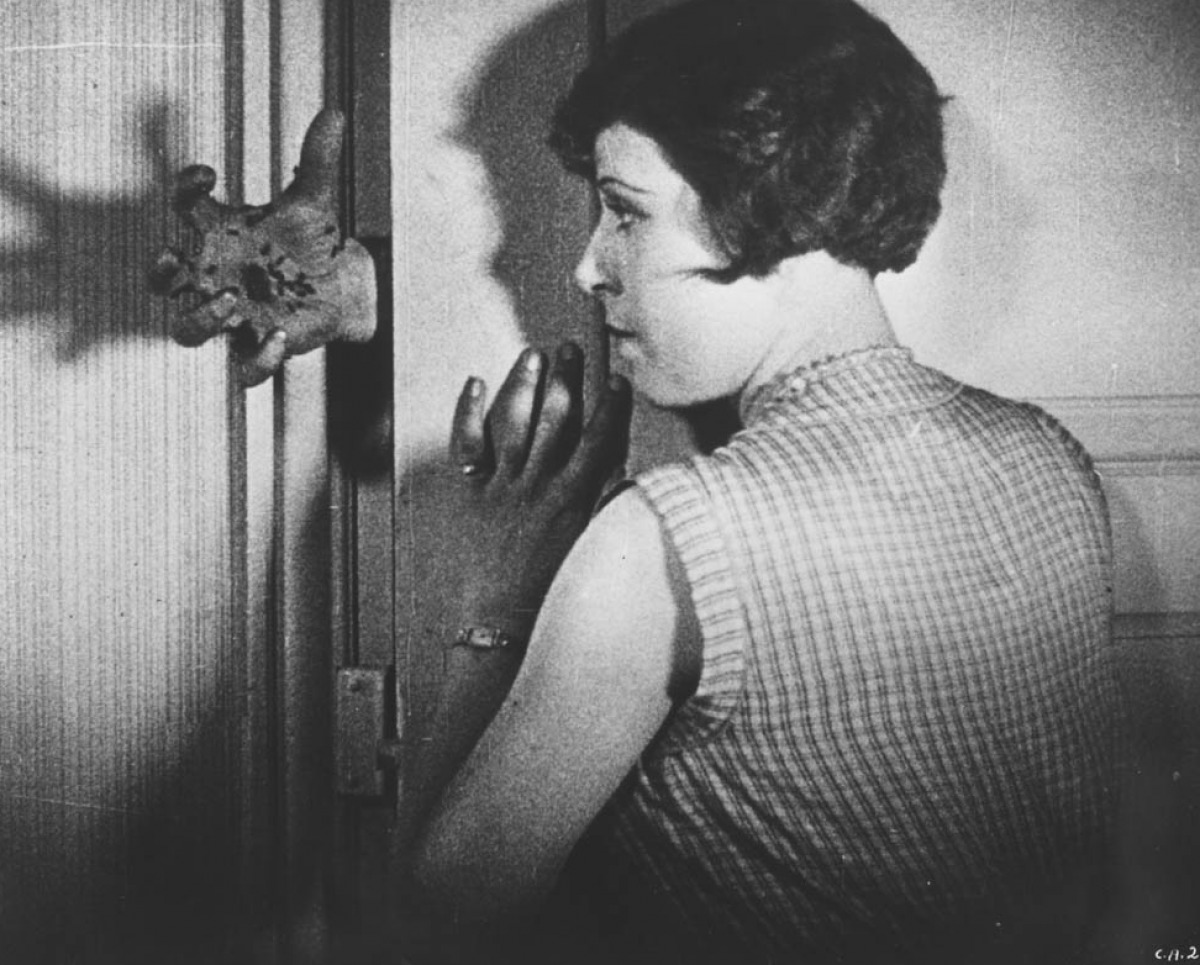
Based upon a series of dreams from Salvador Dalí, Un chien andalou is the first fruit of his association with Luis Buñuel. Perhaps the most studied and viewed Surrealist film, it has been regarded as the first major achievement of Avant-Gard Cinema and as a defining moment in the History of Cinema.
Flies emerging from hands, non-lineal sequences of hysterical anxiety, the self neurotically struggling between the playfulness of its inner urges and its commitment with social conventions; Buñuel and Dalí masterfully exploited the Surrealism’s widely known aesthetic and epistemological elements to offer a product of vivid spontaneity that not even their subsequent L’Age d’Or could overcome.
Un chien andalou deliberately broke with the institutional canons of the Cinema of its time. As a result, the film was warmly received and hailed by all Avant-garde leading figures of its time.
There is a vast amount of memorable sequences in Un chien andalou; the infamous sequence of the eye is most known one. In order to force the viewers to the free association of ideas hailed by Surrealism, Buñuel developed from the beginning of the film a traumatic experience for them; an experience he always felt particularly proud of.
